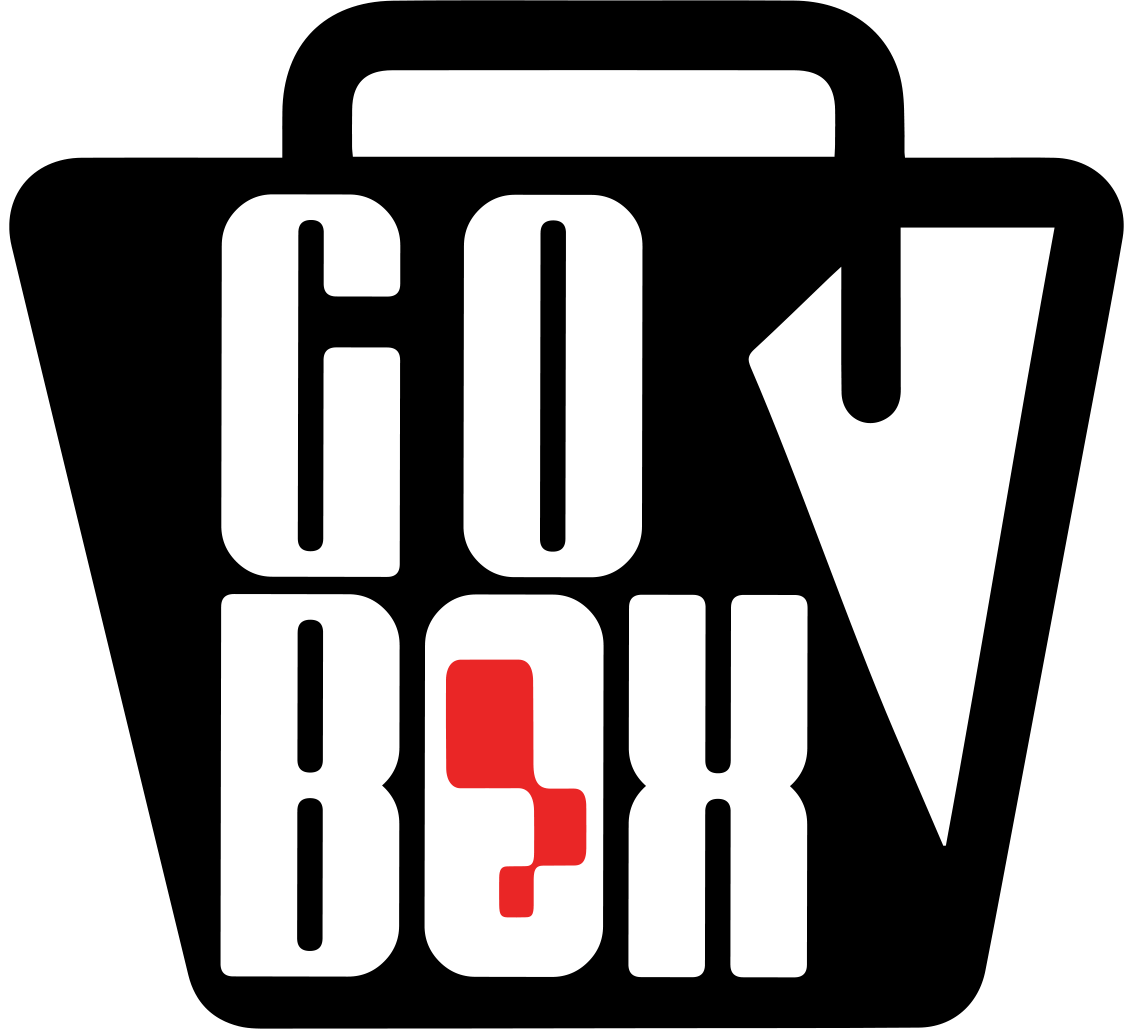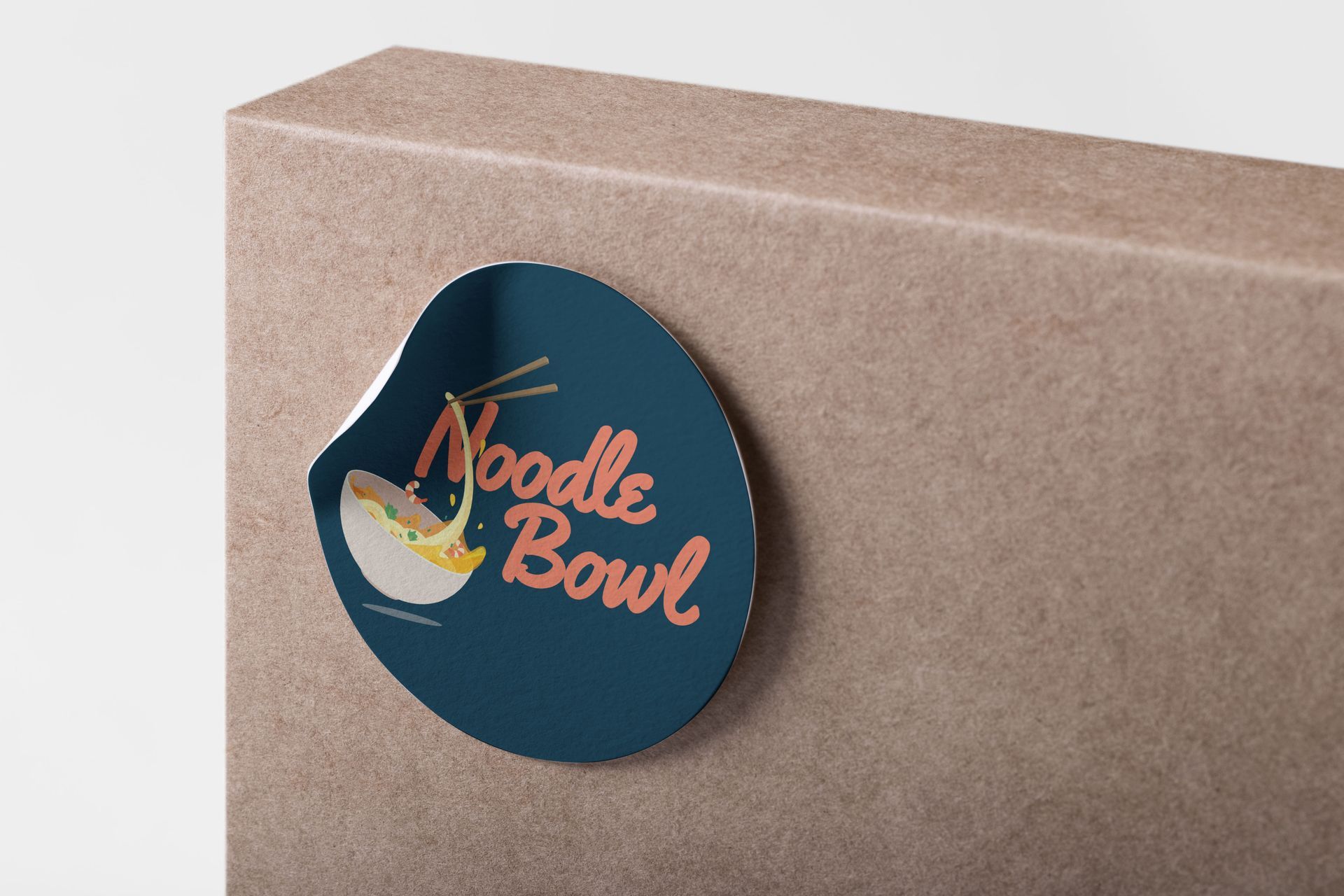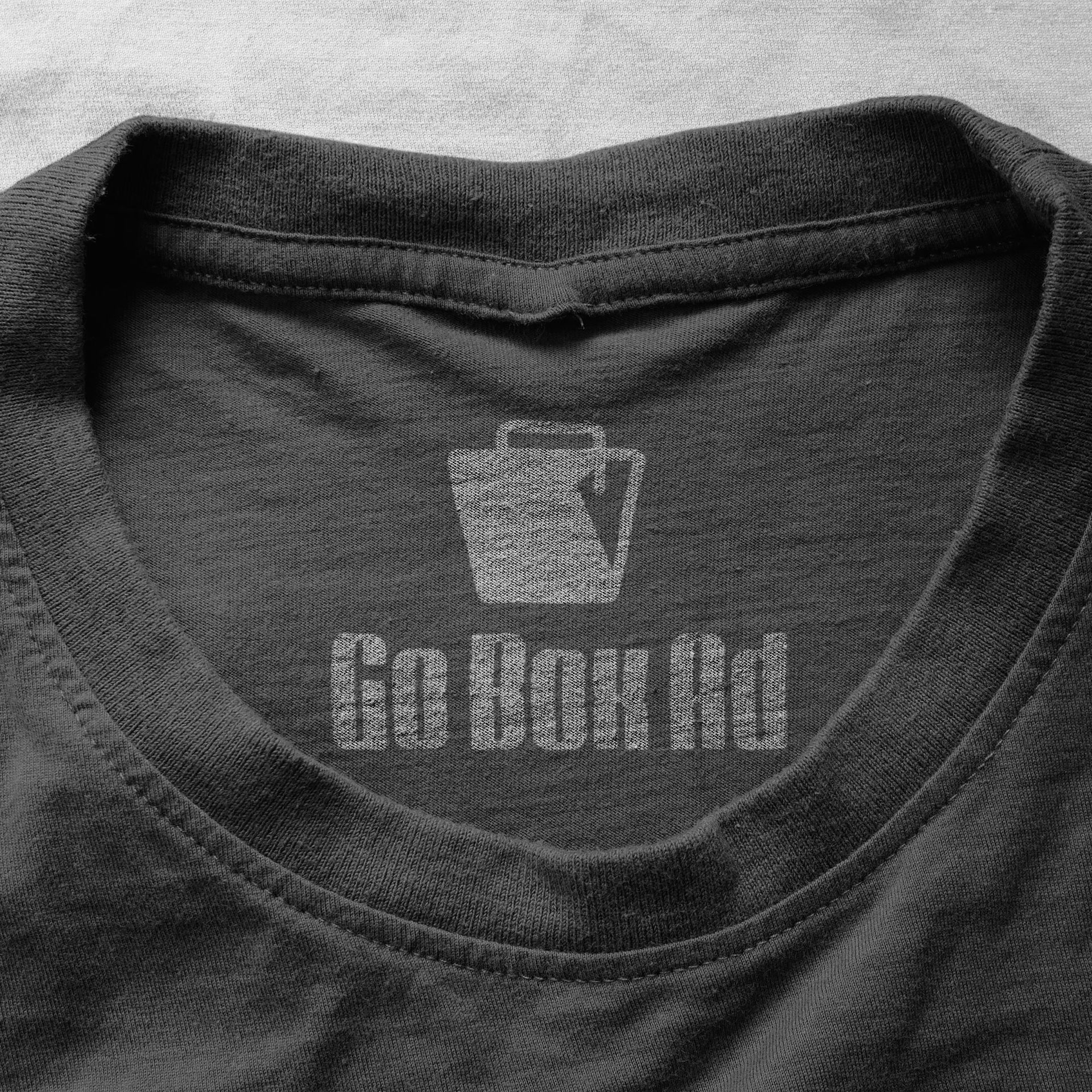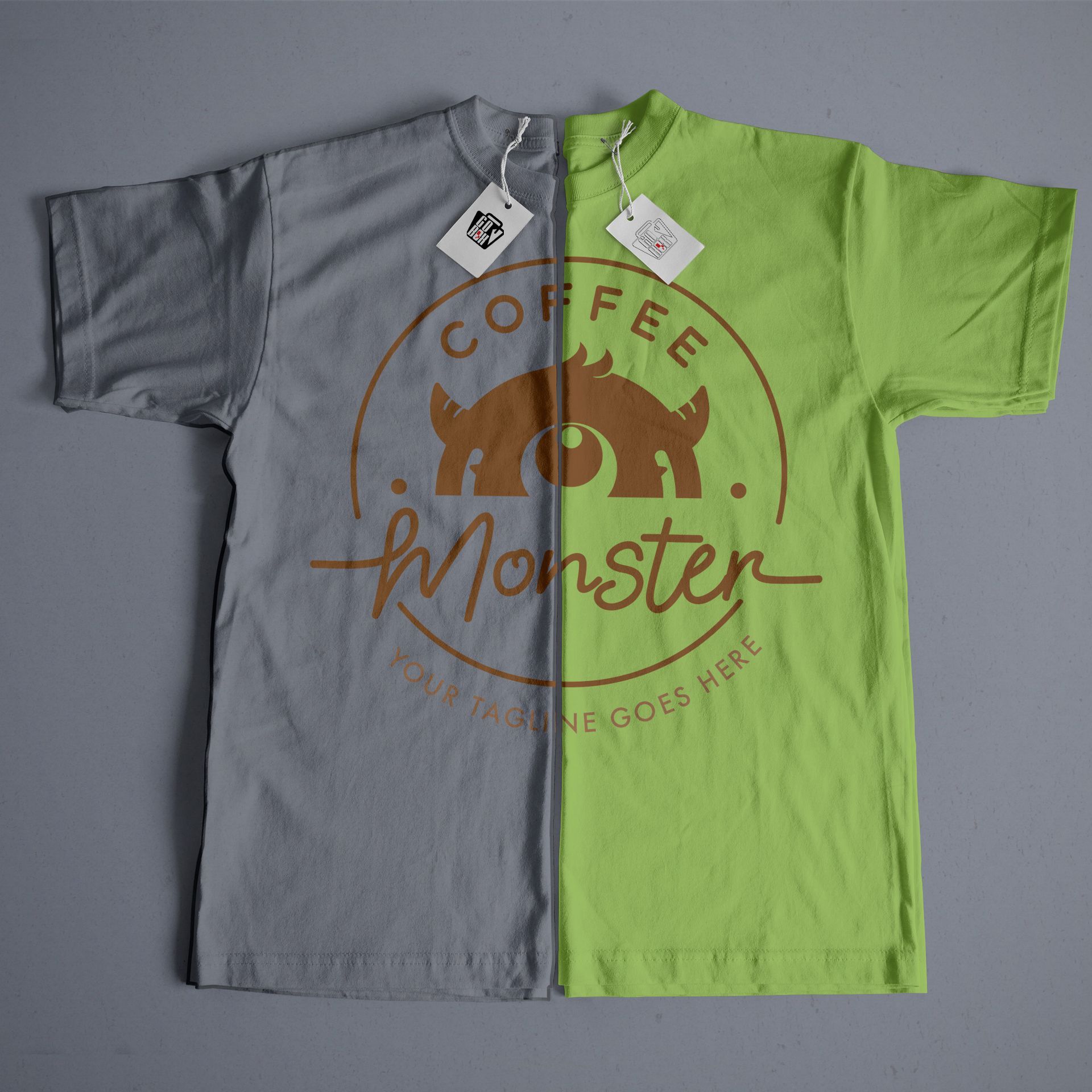Blog
Blog
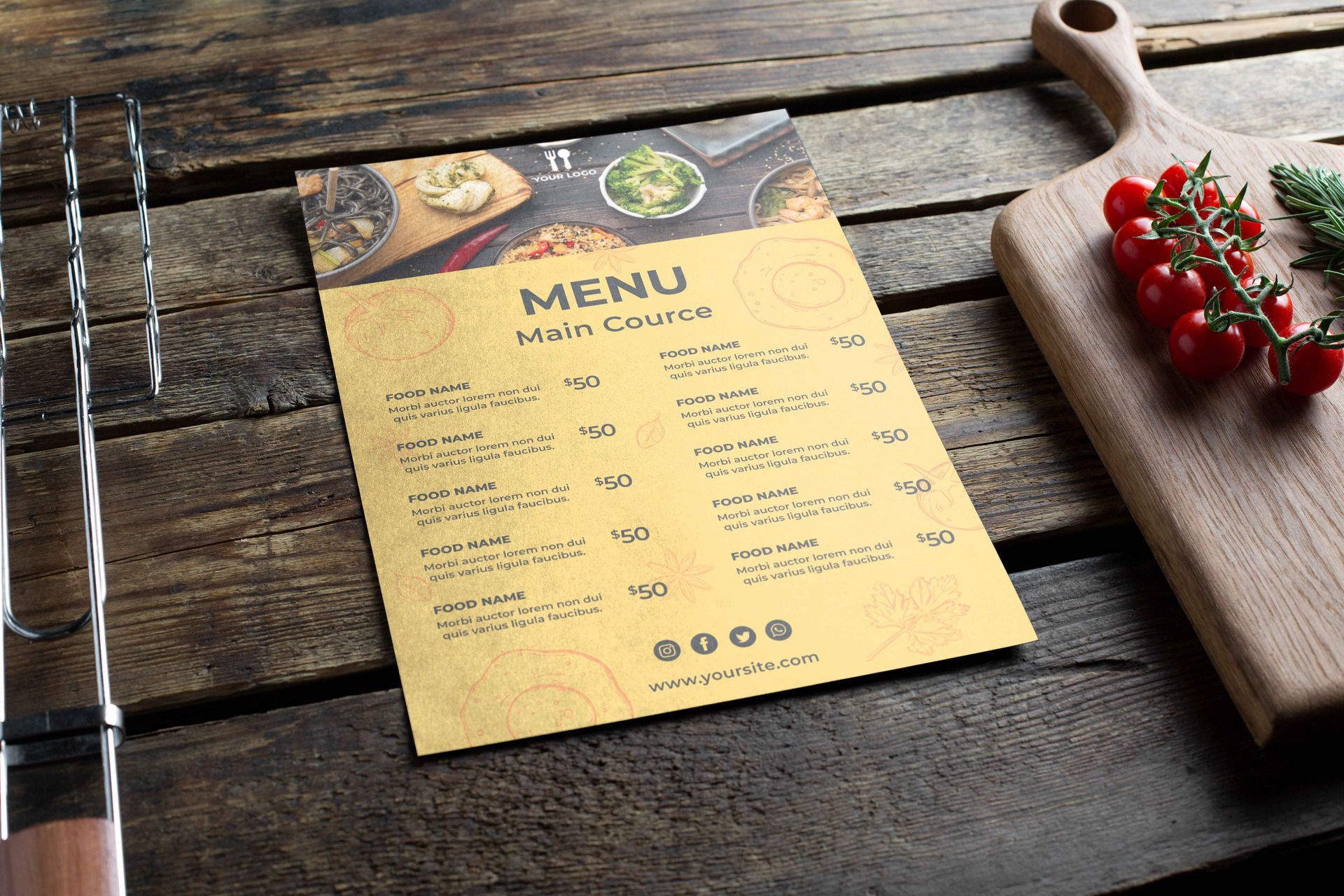
19 Dec, 2023
In the competitive world of restaurants, it's not just about serving delicious food; it's also about getting the word out and building lasting relationships with your customers. One powerful way to achieve this is through marketing materials like postcards, business cards, and stamp cards. In this blog, we'll explore why investing in these materials is crucial, how regularly updating them can keep customers coming back, and what you should consider before printing. As a professional printing company, we're here to guide you through the process and help you maximize your returns. The Power of Marketing Materials: Leave a Lasting Impression: Business cards, postcards, and stamp cards are tangible reminders of your restaurant. They leave a lasting impression on customers, ensuring they remember your establishment. Enhance Branding: Consistent, eye-catching designs on your marketing materials help establish and reinforce your restaurant's brand identity. Increase Customer Loyalty: Stamp cards, for instance, incentivize repeat visits, fostering customer loyalty and turning one-time diners into regular patrons. Attract New Customers: Postcards and business cards are excellent tools for spreading the word about your restaurant to potential new customers. The Power of Freshness: Consider this: people love novelty. If you can offer something new every month through your marketing materials, you'll pique the curiosity of your customers and keep them coming back for more. Here's how: Monthly Specials: Showcase a new monthly special on your postcards. Whether it's a seasonal dish, a promotion, or an event, it gives customers a reason to return regularly. Business Card Updates: Update your business cards with fresh, seasonal graphics or promotions. Customers will be eager to collect the latest version. Stamp Card Rewards: Change up your stamp card rewards periodically. It keeps the incentive fresh and exciting, motivating customers to complete more cards. What You Need to Know Before Printing: Before diving into your marketing materials, here are some essential considerations: Design: Invest in professional design services to create visually appealing and cohesive marketing materials that reflect your restaurant's identity. Quality Printing: Choose a reputable printing company, like us, to ensure high-quality, durable materials that make a positive impression. Distribution: Plan how you'll distribute your materials effectively, whether it's through direct mail, in-store displays, or partnering with local businesses. Tracking Results: Implement methods to track the effectiveness of your marketing materials, so you can refine your strategy over time. Let Us Help You: As a professional printing company, we offer comprehensive printing solutions tailored to your restaurant's needs. From design to printing to distribution, we're your one-stop-shop for all your marketing material needs. Let us help you create enticing, cost-effective materials that will boost your restaurant's profits and keep your customers coming back for more. Investing in marketing materials isn't just an expense; it's an investment in your restaurant's success. Stay fresh, stay memorable, and watch your profits soar.
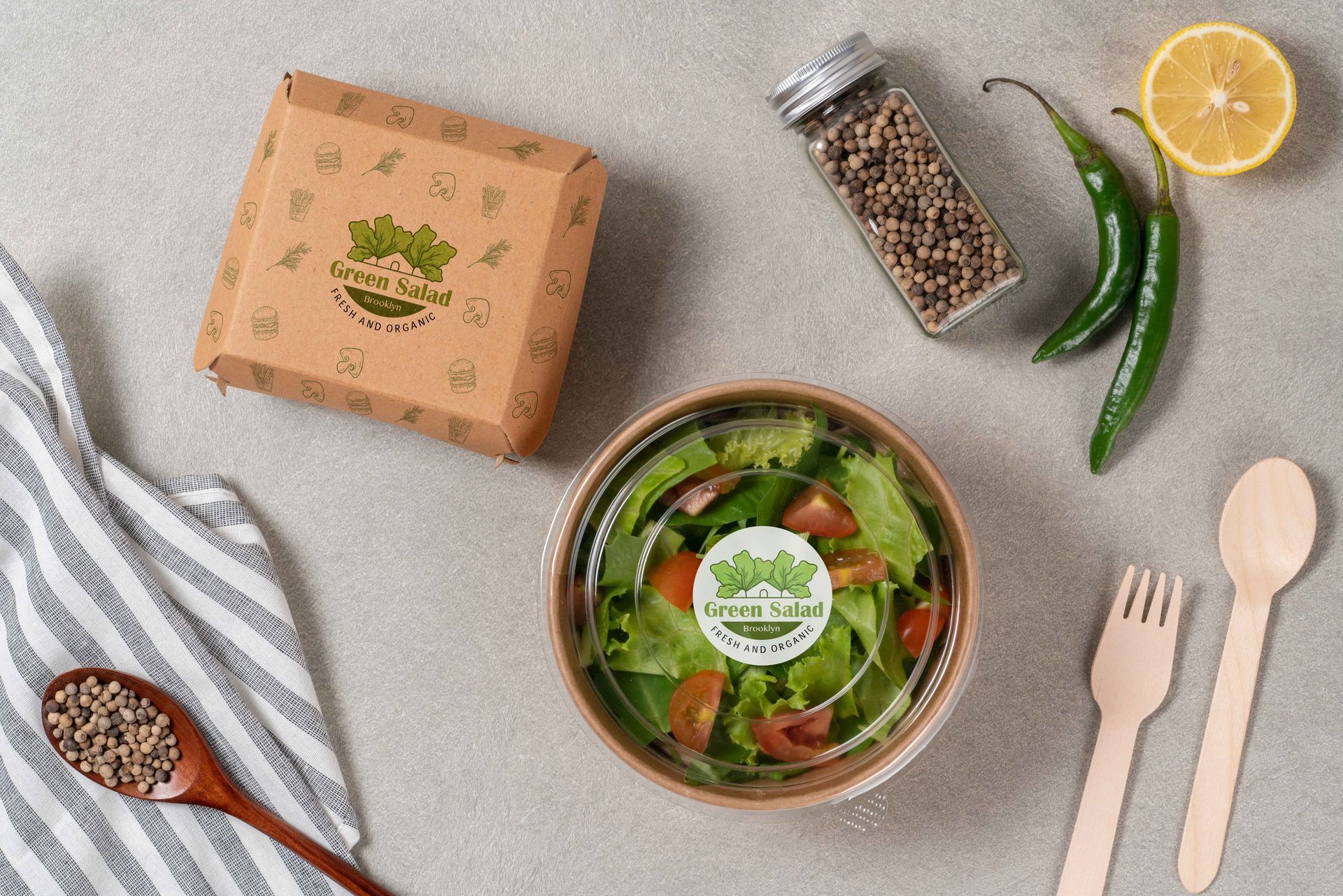
13 Dec, 2023
In today's world, eco-consciousness is not just a trend; it's a necessity. As restaurant owners, you have the power to make a significant impact on the environment while also increasing your profits. This blog will discuss the importance of eco-friendly to-go containers, share tips on making eco-conscious choices, and explain how these decisions can lead to financial gains. The Eco-Friendly Trend: Consumers' attitudes towards eco-friendly practices have evolved significantly in recent years. More and more people are actively seeking out sustainable options, including when ordering takeout. This shift in consumer behavior presents a unique opportunity for restaurant owners to meet these demands and, in turn, boost their business. Why Choose Eco-Friendly To-Go Containers? Environmental Responsibility: By opting for eco-friendly to-go containers, you're demonstrating your commitment to environmental sustainability. This resonates with environmentally-conscious customers and can enhance your brand image. Consumer Preference: Eco-conscious consumers prefer restaurants that align with their values. Offering eco-friendly packaging can attract new customers and retain existing ones. Cost Savings: Contrary to popular belief, eco-friendly packaging can be cost-effective in the long run. While the initial investment might be slightly higher, the benefits of reduced waste disposal costs and potential cost savings from customer loyalty outweigh the initial expense. Tips for Smart Spending: Research and Compare: Take the time to research different eco-friendly to-go container options. Compare prices, durability, and environmental impact. Look for suppliers with a track record of quality and reliability. Bulk Purchasing: Consider buying in bulk to reduce per-unit costs. Many eco-friendly suppliers offer discounts for larger orders, making it more economical in the long term. Customization: Explore options for custom-branded eco-friendly packaging. This not only reinforces your brand but also makes your restaurant stand out in a competitive market. Menu Adjustments: Optimize your menu to minimize the need for specific packaging. For instance, design items that work well in a single container rather than requiring multiple packages. Educate Staff: Ensure that your staff understands the importance of eco-friendly packaging and can explain its benefits to customers. This can create a positive impression and encourage sustainable choices. Market Your Efforts: Don't forget to inform your customers about your eco-friendly initiatives. Use social media, your website, and in-store signage to highlight your commitment to sustainability. Investing in eco-friendly to-go containers is not just a way to meet consumer expectations; it's a smart business move. By aligning your restaurant with eco-conscious values and making informed decisions, you can create a win-win situation. You'll contribute to a greener planet while also boosting your profits as more consumers choose your restaurant for its eco-friendly practices. In today's competitive restaurant industry, staying ahead means not only serving great food but also demonstrating a commitment to the environment. By making eco-friendly choices, you can pave the way for a sustainable future for your restaurant and the planet.
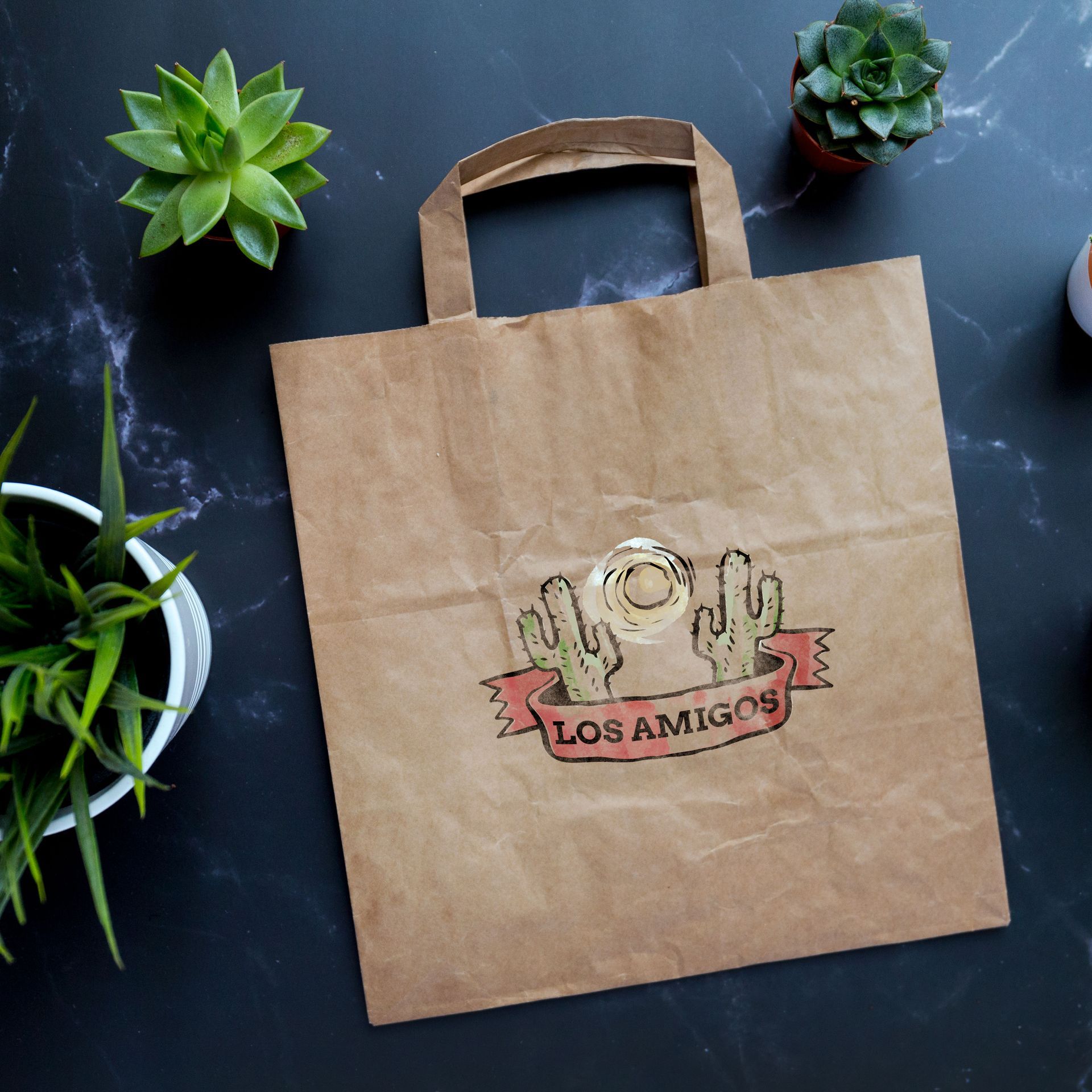
11 Sep, 2023
In the competitive world of restaurants, branding plays a pivotal role in attracting and retaining customers. One often overlooked yet powerful branding tool is the custom printed paper bag. Not only are they practical for takeout orders, but they also serve as a mobile billboard for your brand. In this guide, we'll take you through the essential steps to prepare before ordering custom print paper bags for your restaurant. 1. Understand the Purpose: Branding is Earning Before diving into the design and production process, it's crucial to understand the purpose of custom paper bags. They are more than just containers; they are brand ambassadors. The goal is to create a lasting impression on your customers. Positive branding generates buzz and encourages word-of-mouth marketing. Satisfied customers are more likely to share their experiences with friends, family, and colleagues, leading to increased referrals and organic promotion. A well-known and respected brand can have a substantial impact on the reputation and visibility of your restaurant. 2. Choose the Right Colors and Graphics: Selecting the appropriate colors and graphics is vital for effective branding through custom paper bags. Here are some key considerations: Color Psychology: Different colors evoke different emotions. For instance, red can convey energy and excitement, while green can signify freshness and health. Choose colors that align with your restaurant's brand personality. Logo Integration: Ensure your restaurant's logo is prominently featured on the bag. It should be clear, well-designed, and easily recognizable. Graphics and Imagery: Use graphics or imagery that reinforce your brand's message. If you specialize in Italian cuisine, for example, consider incorporating images of pasta or iconic Italian landmarks. Typography: Pay attention to the fonts and typography used in your bag's design. They should be consistent with your brand's style. 3. Design and Plates: Designing custom printed paper bags involves a structured process: Digital Mockup: Start with a digital mockup of your bag design. This allows you to visualize how it will look in real life. Samples and Revisions: It's essential to get physical samples of your custom paper bags before proceeding with a full production run. This stage allows you to make any necessary revisions to ensure the design meets your expectations. Sustainability: Consider the longevity of your design. A sustainable design may not need frequent changes, which helps your brand develop a consistent identity. Moreover, it reduces repeat order costs since the original plate costs have already been incurred. Custom print paper bags are a cost-effective and impactful way to enhance your restaurant's branding efforts. By understanding their purpose, choosing the right colors and graphics, and carefully planning the design and production process, you can create custom paper bags that not only serve a practical purpose but also contribute to your restaurant's success. Remember, effective branding is a long-term investment that pays off in customer loyalty, word-of-mouth marketing, and a strong brand identity. Ready to get started? Contact us today to discuss your custom paper bag needs and take the first step toward elevating your restaurant's brand

11 Aug, 2023
In the bustling world of the restaurant business, standing out is essential to success. Your restaurant's branding can make a significant impact on your earnings. With our custom print products like paper bags, paper cups, and plastic cups, you have a powerful tool at your disposal. Here are three essential tips to maximize the potential of custom printing for your restaurant: 1. Branding: Where Identity Meets Earnings Your restaurant's branding isn't just about aesthetics; it's a direct route to increased earnings. Each custom print detail – from paper bags to cups – is a chance to communicate your identity and values. These details create a lasting impression on your customers, making them more likely to remember and return. The subtle power of a well-designed paper bag or a thoughtfully branded cup can transform casual diners into loyal patrons, driving revenue growth over time. 2. Preparation: Setting the Stage for Success Before embarking on your custom print journey, there are a few key considerations. First, define your brand's identity and values. What story do you want to tell through your custom print products? Second, choose designs that align with your brand's personality – colors, fonts, and logos that resonate with your target audience. Lastly, ensure your print choices are practical and align with the overall dining experience you offer. It's about synergy between design and functionality to create a seamless customer journey. 3. Target Audience: Who Needs Custom Print Products? Custom print products are an ideal fit for restaurants that aim to leave a lasting impression. If you're seeking to elevate your dining experience, attract a loyal customer base, and increase brand recognition, then custom prints are your allies. However, if you're operating a fast-food joint or a casual eatery with a focus on quick service, extensive branding might not be necessary. Balancing the level of custom print investment with your restaurant's concept and target clientele is crucial. Custom print products such as paper bags, paper cups, and plastic cups offer a unique opportunity for branding that directly influences your restaurant's earnings. By carefully preparing your designs, aligning them with your brand identity, and understanding your target audience, you can make the most of this powerful tool. Remember, branding is more than just aesthetics – it's an investment in the long-term success and growth of your restaurant.

22 Jun, 2023
When considering a menu pricing strategy, there are three important solution features that can help optimize your approach. Here are some important elements to consider: 1. Cost Analysis: Conducting a comprehensive cost analysis is crucial for establishing menu prices that ensure profitability. This involves evaluating ingredient costs, overhead expenses, and labor costs associated with each menu item. By understanding these costs, you can set prices that not only cover your expenses but also generate a profit. Ingredient Costs: Determine the cost of each ingredient used in your menu items. Consider factors such as seasonal variations and supplier options that can affect ingredient prices. Overhead Expenses: Account for other expenses such as rent, utilities, insurance, and marketing when calculating the overall cost of running your establishment. Allocate a portion of these expenses to each menu item to determine its share of the overhead costs. Labor Costs: Assess the labor required for each menu item, including preparation, cooking, and serving. Factor in employee wages, benefits, and productivity to determine the labor cost associated with each dish. 2. Competitive Research: Researching your competitors' menu prices is essential to ensure that your pricing is competitive within your market segment. Analyzing your competitors' pricing strategies can provide insights into prevailing price ranges and help you position your offerings effectively. Market Positioning: Identify your target market and understand the price range that appeals to your customer base. Consider factors such as location, demographics, and customer preferences when positioning your prices relative to competitors. Perceived Value: Evaluate the perceived value of your menu items compared to your competitors. Assess aspects such as portion sizes, quality of ingredients, presentation, and unique selling points to determine whether your pricing aligns with the perceived value you offer. Differentiation: Differentiate your offerings by highlighting unique features, premium ingredients, or special techniques. This can justify higher prices compared to competitors if customers perceive added value in your menu items. 3. Menu Engineering: Menu engineering involves analyzing the popularity, profitability, and contribution margins of each menu item to optimize pricing and maximize profitability. By strategically modifying your menu, you can drive sales and increase profitability. Popularity: Determine which menu items are the most popular among your customers by analyzing sales data, customer feedback, and order frequency. Popular items can be priced slightly higher to capture their value and contribute more to overall revenue. Profitability: Calculate the profitability of each menu item by subtracting its cost from its selling price. Identify high-profit items that provide a significant contribution to your bottom line and ensure they are appropriately priced to maximize profit margins. Contribution Margins: Contribution margin refers to the difference between the selling price and the variable cost of a menu item. Analyze contribution margins to identify items that generate higher profits and adjust prices accordingly. Focus on promoting items with higher contribution margins to boost overall profitability. By considering these three key points and delving into their details, you can develop a well-informed and effective menu pricing strategy that aligns with your business goals and meets customer expectations.
